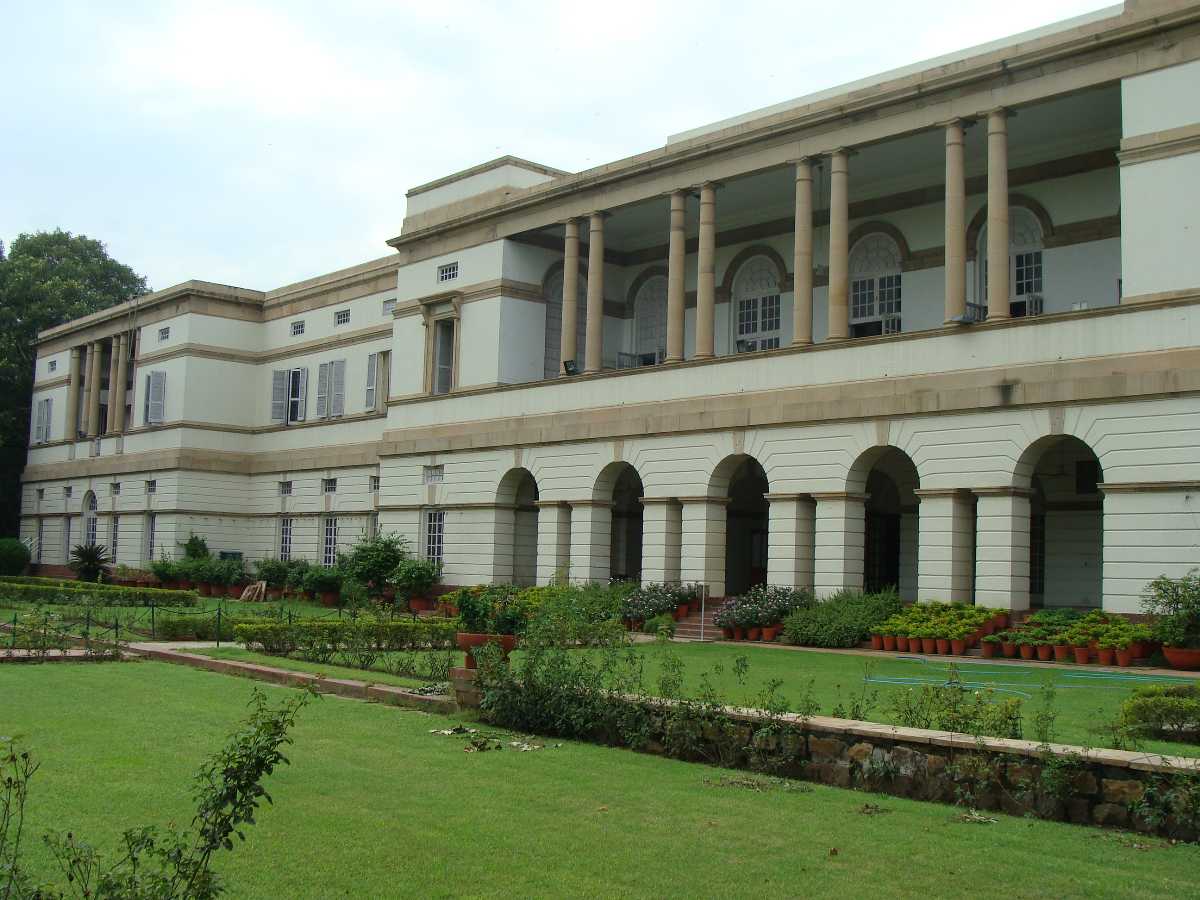"Other might have forgotten,
But never can I;
May the tri-color of my country,
Furls very high!"
India is celebrating the 70th Independence Day this 15th August. The entire nation is immersed in the celebrations of this significant national festival. Being a long weekend, many people are planning to take short trips nearby in order to give themselves a break from the monotony of day to day life. How about visiting a place that gives you the patriotic feel this time? There are numerous places scattered in the country that render the tale of India's struggle for freedom. Thousands laid down their lives so that our country breathe this day. Let's not forget their struggle. Walk down one of these places and feel what it is like to be a citizen in free India. 1. Kargil War Memorial

Kargil war memorial was built by the Indian army in honour of the martyrs of the Kargil war with Pakistan in the late nineties. The Sandstone wall in the middle of the memorial has the names of all the Indian army soldiers who lost their lives inscribed on it. The Tiger Hill and Tololong Hill are the territories recaptured by the Indian army after defeating Pakistani soldiers and are visible from this memorial.
2. Wagah Border

Located near Amritsar, the Wagah Border is quite famous for the flag-lowering ceremony held here every day since 1959. Every evening before sunset, the ceremony takes place where both the BSF and the Pakistan Rangers lower the flags of their respective nations. The ceremony is sure to pump up the patriotism in you.
3. Red Fort

The biggest monument in Delhi and a World Heritage Site according to UNESCO, the Red Fort is the venue which witnesses the national flag hoisting and speech by the Prime Minister of India. The colossal fort was built by the Mughal Emperor Shah Jahan in 1639.
4. Jallianwala Bagh

Jaliianwala Bagh is the infamous site which witnessed the massacre of thousands of non violent protesters on 13th April 1919 is a place which is sure to make you feel nostalgic about the innocent people who lost their lives on that ill fated day. The garden is now converted into a national monument in honour of all the deceased people. The bullet marks can still be seen on the walls of the garden.
5. Cellular Jail

Known as Kalapani during the British rule, the cellular jail in Port Blair was an infamous prison which was used by the British to keep the caught freedom fighters as prisoners. Constructed after the 1857 Sepoy Mutiny, the prison was the site of many horrors cast upon the trapped freedom fighters. Today it is a national monument which conducts a sound and light show every evening in honour of the freedom fighters who spent their last days behind the bars here.
6. Jhansi Fort

Jhansi Fort is the symbolic monument of India's First War for Independence in the year 1857. Rani Lakshmi Bai, the legendary queen of Jhansi fought bravely with the British when they captured the fort and succumbed to death fighting for her kingdom. The fort withstood heavy bombardment by the British forces and is an important monument today rendering the tale of India's first battle for Independence.
7. India Gate

Standing at the heart of the National Capital Delhi, India Gate was built in honour of 82,000 Indian Army soldiers who gave their lives in the First World War and Anglo-Afghan War. The walls of India Gate have names of these brave martyrs inscribed on them. The ever glowing Amar Jawan Jyoti was lit up in 1971in order to pay tribute to the soldiers who sacrificed their lives in the fight for Bangladesh's independence.
8. Porbandar

Located in Guajarat, Porbandar is the birthplace of 'Father of the Nation' Mahatma Gandhi. Kirti Temple and the House of Mahatma Gandhi are two important structures here which are associated with Gandhi, the man who contributed greatly in achieving India's independence. These places are now converted into museums which depict the life and writings of Gandhi.
9. Nathu La Pass
52 km from Gangtok and perched at an altitude of 14,140 feet, Nathu La Pass is the ancient Silk Route which was used to carry trade between India and China until 1962. Today it serves as the Indo-China border and is a tourist monument guarded by Indian and Chinese soldiers from both sides. Nehru Stone is another important structure here which marks the visit of India's first Prime Minister Jawaharlal Nehru's visit here in 1958.
10. Teen Murti Bhawan

The Teen Murti Bhavan served as the official residence of Pt. Jawaharlal Nehru; the first Prime Minister of India, who lived here for 16 years until his death. Built in 1930 for the Commander in Chief of the British forces in India, Teen Murti Bhawan was used as the house of the Prime Minister after Independence. After Nehru's death in 1964, the place was converted into a museum, a library and a planetarium, operated by the Indian Ministry of Culture.
11. Dandi

Located near Surat, Dandi is the production centre of salt in India. It is here where the famous Dandi Marh was launched by Mahatma Gandhi in the year 1930. Thousands of people followed Gandhi in this non violent struggle for Independence. The place holds important historic importance and is an important landmark in India's struggle for independence.
12. Jaisalmer Border

The Jaislamer Border divides India from Pakistan and is a thrilling place to visit if you want to feel patriotism this Independence day. The Laungewala and Tanot border posts are the major attractions here along with Jaisalmer War Museum and Indira Gandhi Canal where one can meet Indian Soldiers protecting the country from the neighbouring country of Pakistan.
Each of these places is associated with the Independence of India. Walking down these places this Independence Day will fill you with pride and a sense of patriotism which cannot be explained but only felt.
